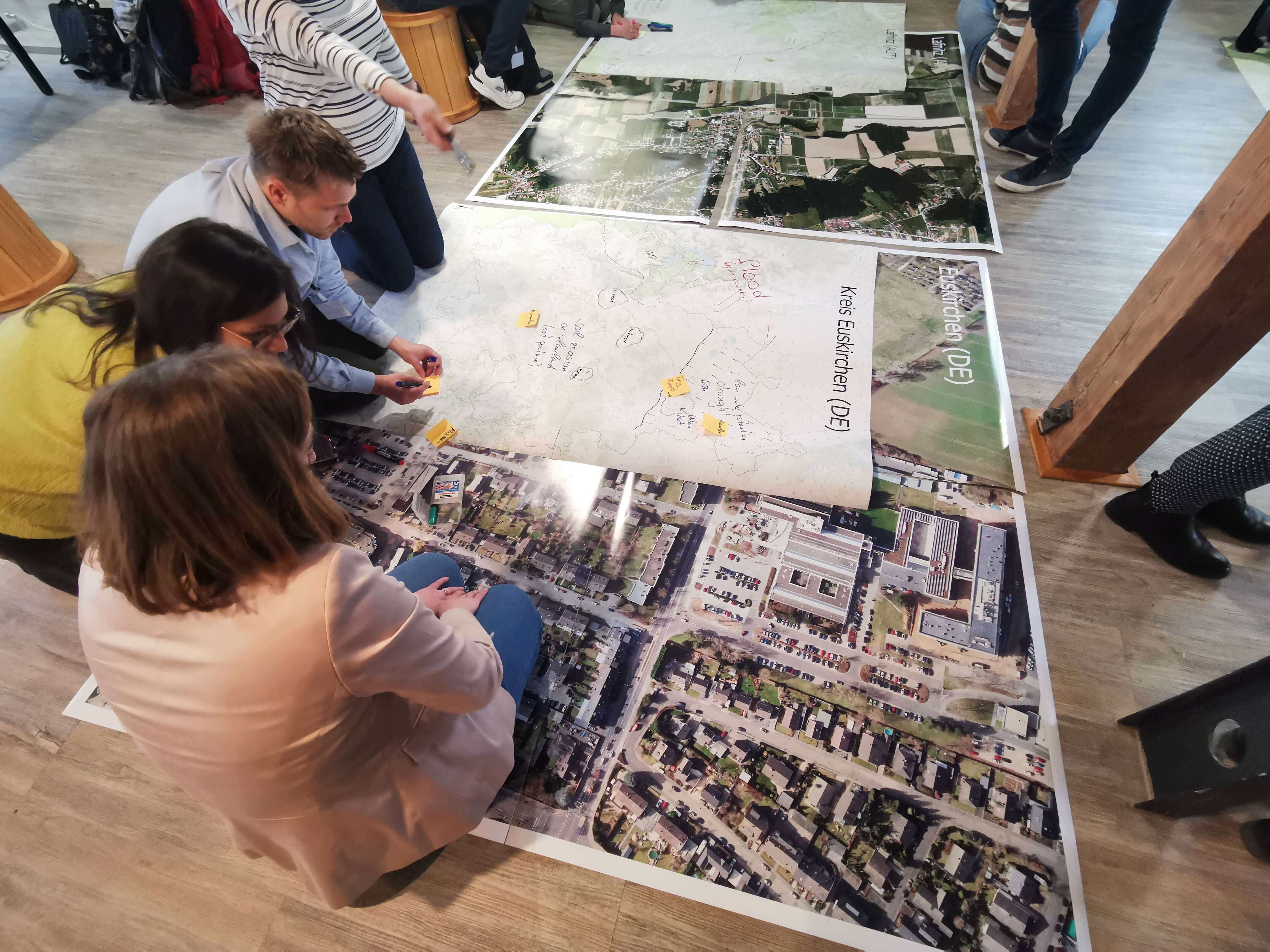Why bother with a Communication Plan? The Involvement of Perceptive Local Actors for the Implementation of NBS
In today's world, where climate change and environmental degradation pose significant threats to our communities, the adoption of Nature-Based Solutions (NBS) has emerged as a promising pathway to climate resilience and sustainability. However, the success of these solutions depends not only on their scientific efficacy, but also on the active involvement of local stakeholders in their co-production and implementation. For this reason, DEN Institute has, recently, started bilateral calls with each of the front running regions to discuss how they plan to develop their local communication plans in relation to their LAND4CLIMATE activities.
In LAND4CLIMATE, public awareness and public participation are paramount to the implementation process of NBS. Indeed, the project aims to promote a collaborative approach where local communities and private landowners are actively involved in the delivery.
After all, who better to understand the complexity of a local ecosystem than those who inhabit it? Stakeholder engagement entails actively involving key actors in a project and seeking their input while a communications plan is a strategy which ensures information about project’s progress and in particular its outcomes is disseminated to an identified audience. Engaging local stakeholders through a collaborative approach increases the likelihood of project success, improves decision-making and builds trust and credibility, while communicating information and project results in an accessible way, bridges the gap between scientific evidence and public understanding.
Therefore, the communication planning process will help front running regions identify who they need to reach, what they want them to know and how they will reach them. Each of these audiences has unique characteristics, needs and motivations, and communication needs to be inclusive by understanding their concerns and ensuring successful implementation across the territory. No two communities are the same and what works in one may not work in another: plans should include a variety of appropriate and tailored communication channels to ensure that information reaches audiences effectively.
When it comes to stakeholder engagement a similar bespoke process should be embraced. Front running regions are encouraged to not only think about which local stakeholders they would like to engage, but also what they hope to achieve through stakeholder engagement, why stakeholders should get involved and how will they be engaged. The way can range from a more passive form of engagement like "inform" which requires minimal effort, through to "consult" and "involve", and all the way to "collaborate" and "co-create" with a lot more effort required from stakeholders but in this type of engagement they are taking the lead and are partners in project delivery.[1]
The successful implementation of NBS depends not only on their scientific merit, but also on the active involvement of aware local actors. By fostering stakeholder engagement and developing tailored communication strategies through a communication plan, NBS can become catalysts for positive change in local communities and beyond.
[1]Centre for Effective Services (2019). Introductory Guide to Implementation. https://implementation.effectiveservices.org/enablers/stakeholder-engagement
Publishing date:
